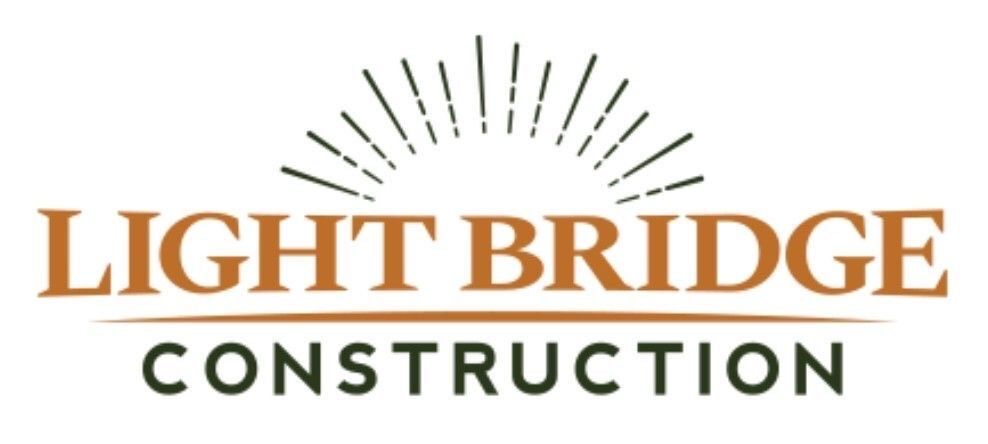
Stepping into the house flipping world might seem like something reserved for TV personalities or full-time developers, but there’s a growing wave of seniors proving otherwise. With a lifetime of experience, a sharper sense of risk, and often more flexibility in time and location, older adults are uniquely equipped to make their mark in this high-potential niche. Whether you're seeking a hands-on investment or a new post-retirement adventure, house flipping offers a compelling path forward. The key is starting with clarity, moving with intention, and knowing which steps are worth taking first.
Start With Planning That’s Honest and Sharp
Before swinging a hammer or meeting with a contractor, sit with the numbers. Not the TV-magic numbers—the real ones. Flipping is part investment, part construction, and part psychology. Each project demands money, patience, and the ability to ride out surprises. That’s why it’s crucial to thoroughly assess your financial readiness. This means reviewing not just your budget for the flip but also understanding how much time and energy you’re realistically willing to put into this work. The most successful senior flippers are the ones who treat preparation like the first renovation—it sets the entire foundation.
Protect Your Investment Before You Even Start
Before the first purchase, establish your legal and financial footing. That means setting up the right business structure to separate your personal assets from the risks of real estate. Forming an LLC isn’t just a tax move—it’s a credibility move. Sellers, contractors, and lenders take you more seriously when you operate with a formal structure. If you’re flipping in the Midwest, it’s worth learning how to start an LLC in Iowa, where business-friendly policies and a low cost of entry make it a popular choice. This move adds a layer of protection while simplifying bookkeeping and contractor payments.
Pick the Right First Property—Not the Flashiest One
You don’t need a dramatic before-and-after reveal to make a solid profit. In fact, big transformations often come with big risks. Instead, prioritize structurally sound fixer‑uppers in stable neighborhoods. A property with good bones—solid roof, decent electrical, minimal foundation work—lets you focus on cosmetic improvements that deliver a return. Look for homes that need updates, not rescue missions. This approach lowers your renovation load and shortens the turnaround time to get it back on the market.
Fund the Flip With Financing That Moves
Many traditional lenders hesitate when the word “flip” enters the conversation. But you’ve got options. Seniors with strong credit and assets often qualify for favorable terms, but don’t overlook fast-cash alternatives. If you're aiming to move quickly, explore hard money loan alternatives that cater specifically to house flippers. These loans typically come with higher interest but offer streamlined approvals and flexibility, key advantages when you’re trying to beat competing bids or handle overlapping timelines.
Build a Trusted Crew Around You
You don’t need to know how to hang drywall—but you do need to know who does. Flipping is not a solo mission. A successful project hinges on who you bring in and when. That includes inspectors, real estate agents, contractors, and title professionals. And as a senior entering the space, one of your smartest moves is to work with the right team. Look for partners who are familiar with local codes, reliable under pressure, and communicative from day one. A seasoned agent, especially one with experience in REO or investor flips, can make all the difference when hunting for off-market properties.
Renovate Where It Counts Most
Not all upgrades are created equal. The goal isn't to win design awards—it’s to increase value in ways buyers will notice. Kitchen and bathroom improvements still lead the pack in return-on-investment metrics, but that doesn’t mean gutting to the studs. You can focus on high‑impact kitchen renovations like new cabinet fronts, updated appliances, and quality lighting without draining your budget. Energy efficiency is another underrated selling point. Swapping in better windows or adding insulation may not show up in photos, but savvy buyers pay attention.
Know How to Exit With Intention
A flip isn’t finished until the check clears. Your marketing plan should be in motion before the last coat of paint dries. That means writing a compelling listing, pricing with the market—not just your hopes—and knowing your ideal buyer. One overlooked tactic: time your listing around seasonal demand. Spring and early summer are peak months for buyer activity, especially for families wanting to move before the next school year. Combine that timing with standout listing photos and a clear list of upgrades, and you’re positioned to attract competitive offers fast.
Age is not a disadvantage here. Seniors often bring stronger networks, deeper patience, and the kind of long-view perspective that rushing younger investors may lack. This isn’t about racing to scale—it's about getting one right. Then another. And maybe another. What matters most is showing up prepared, building smart, and exiting clean. That’s how a flip turns into forward motion.
Transform your home into a masterpiece with Lightbridge Construction Services, where your dream space becomes a reality with our expert painting and renovation services!






